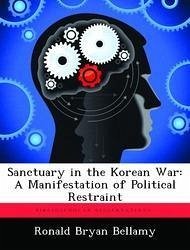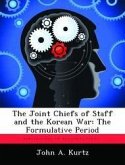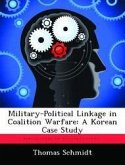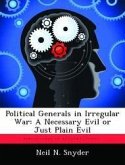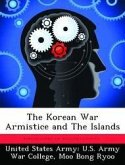Sanctuary has been a factor in war throughout history. The availability of sanctuary to an enemy can often limit the ability of friendly forces to achieve tactical success in military operations. Prior to the advent of airpower, combatants could often attain sanctuary, or safe haven, simply because one enemy could not physically employ significant military force into an area used by the other. Technological advancements in airpower since World War II provide the United States with the theoretical ability to target enemies in any geographic area on earth. However, during numerous conflicts over the last 60 years, enemies of the U.S. have still enjoyed sanctuary due to political restraints placed on friendly military operations. The Korean War provides an excellent example of political restraints creating an enemy sanctuary. Joint Publication 5-0 cites the restrictions placed on General MacArthur's authority to strike Chinese targets north of the Yalu River during the Korean War as an example of an operational limitation. The U.S. military had the physical capability to target Chinese forces, particularly via airstrikes, yet it was politically restrained from doing so. The political restraints placed on U.S. military commanders restricted their ability to target the Manchurian sanctuary available to North Korean and Chinese forces. This research questions why U.S. military commanders were politically restrained from conducting tactical operations north of the Yalu River during the Korean War. An examination of the events that shaped the strategic and operational environment prior to the Korean War reveals the problem facing the United States in 1950. The U.S. must find a way to counter the communist invasion of South Korea while avoiding a confrontation with the Union of Soviet Socialist Republics (USSR) in Europe. An examination of the initial U.S. operational approach highlights the initial tactical, operational, theater strategic, and grand strategic objectives in
Bitte wählen Sie Ihr Anliegen aus.
Rechnungen
Retourenschein anfordern
Bestellstatus
Storno

